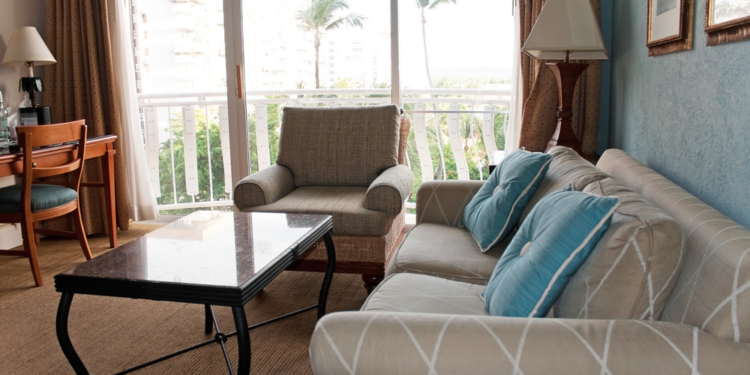To make the most from your rental property investments, you need to collect rents from your tenants while minimizing costs associated with property maintenance and upkeep. While some landlords assume that means cutting corners on caring for their properties, a much better strategy is upgrading your properties to be more durable, more energy efficient and generally more self-sustaining. Then, not only will you attract high-paying tenants, but you will enjoy fewer maintenance requests and lower repair costs. To help you get your properties to this self-sufficient state, you might consider making the following upgrades as soon as possible:
Durable Flooring
Many beginner landlords opt to cover the floors of their rental units in carpet because the flooring option is so inexpensive to install. However, what may seem affordable at first quickly becomes unmanageable. Carpet shows wear and tear frustratingly easily: Pathways become discolored with dirt; food and drink create splotchy stains; and pets cause tears and lingering odors. Instead of carpet, you might place more durable flooring in your rentals, such as vinyl laminate or tile. Both of these options are easier for you and your tenants to keep clean, and you likely won’t need to make repairs for years on end.
Ceiling Fans
Especially if you are covering the energy costs of your rental property, you want to ensure that your tenants are being as energy efficient as possible. While keeping your HVAC system properly serviced is a good way to keep costs from rising unnecessarily high, you should also equip your property with fixtures that can help tenants stay comfortable without raising or lowering the thermostat. Ceiling fans work with the body’s natural temperature regulation systems, and they tend to require minimal maintenance after installation. You might opt for a reputable brand like Hunter Fan and a low-profile ceiling fan model for your rental units.
Energy Star Appliances
Many rental properties are equipped with older appliances. Unfortunately, older appliances are more likely to break down, and because they have outdated and unavailable parts, it could be exceedingly costly to repair them. What’s more, older appliances are notoriously inefficient, so you and your tenants will have higher energy bills if you don’t bother to upgrade the appliances in your rental units. You should prioritize the Energy Star label in the appliances you replace, as these are more likely to conserve resources to keep bills low.
Low-flow Faucets
Most landlords pay for the water use of their rental properties, which means it makes good business sense for you to invest in upgrades that keep water usage to a minimum. Low-flow plumbing fixtures reduce the amount of water flowing out without negatively impacting the functionality of the fixture. For example, low-flow faucets and shower heads inject air into the stream to maintain high-quality water pressure with less water. You can also install low-flow toilets, which can save up to 20,000 gallons of water per year.
Dimmer Switches
Most people don’t want or need the brightest possible illumination in their homes. In fact, dimmer light tends to be more appealing to most people, especially as the night deepens. Fortunately, dim light utilizes less energy, which means lower bills for you and your tenants. Dimmer switches take a matter of minutes to install, and if you replace the bulbs in your rental units with LEDs, you might never need to worry about the lighting ever again.
Xeriscaping
Perhaps the worst thing you can do for your rental property is zeroscape, which is removing all living plants and covering the landscape around your units in gravel or dirt. Zeroscaping is unsightly and likely to radically lower the rents you can collect. If you want to reduce the landscaping maintenance of your property, you should xeriscape, instead. Xeriscaping involves planting flora that is native to your region, so it requires only the precipitation that falls naturally. With xeriscaping, you shouldn’t need to bother with irrigation, and you might make use of yard services only a few times per year.
If you are dealing with unhappy tenants, low rents and properties that are in constant need of repair, you aren’t making a sound investment. You can radically improve your landlord experience by putting a bit of effort into upgrading your properties in the above ways before you make them available to let.







